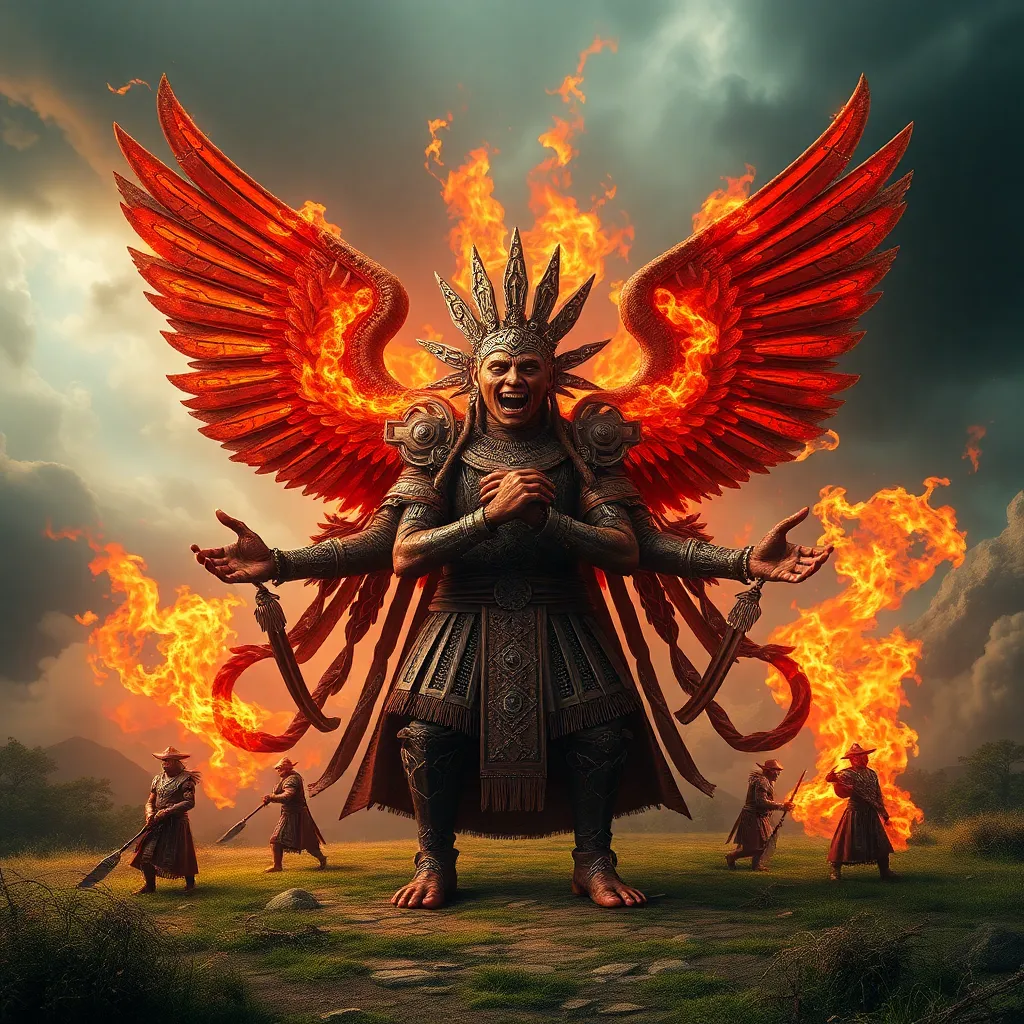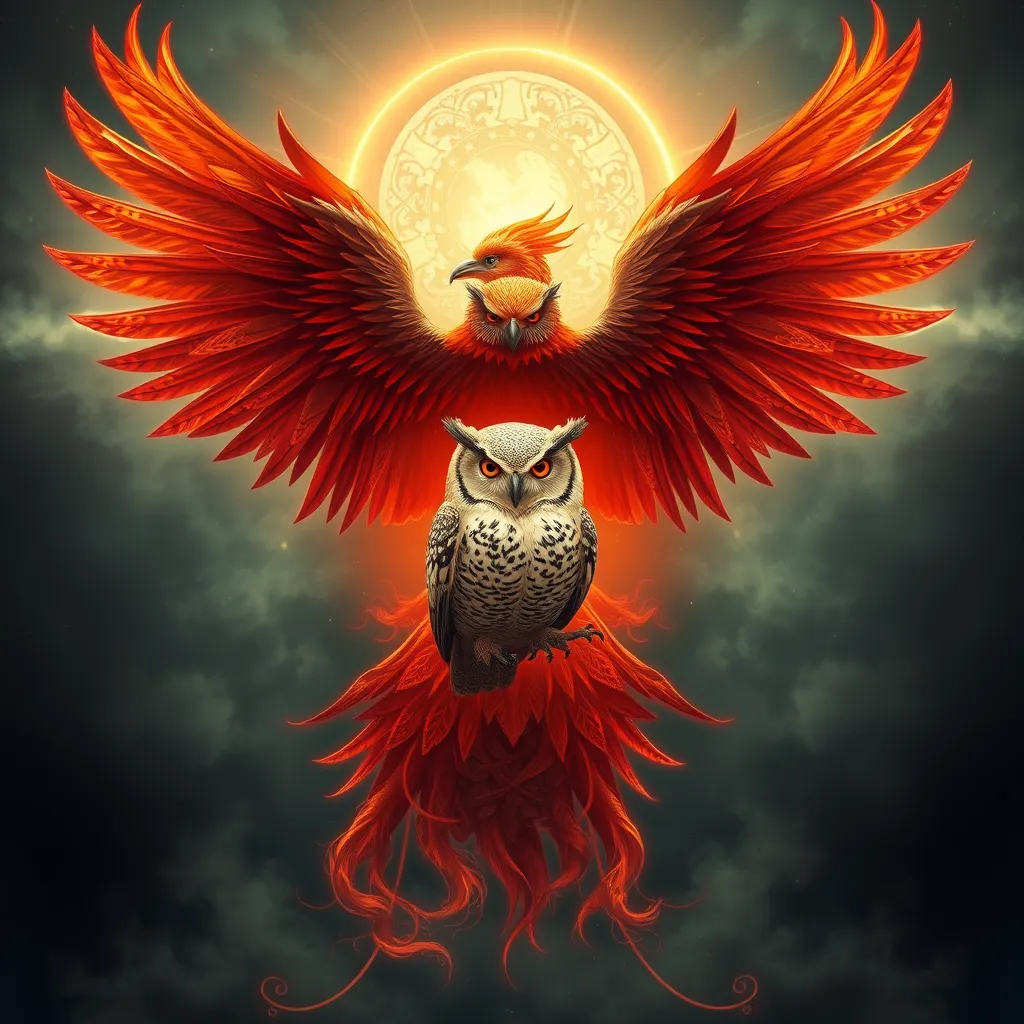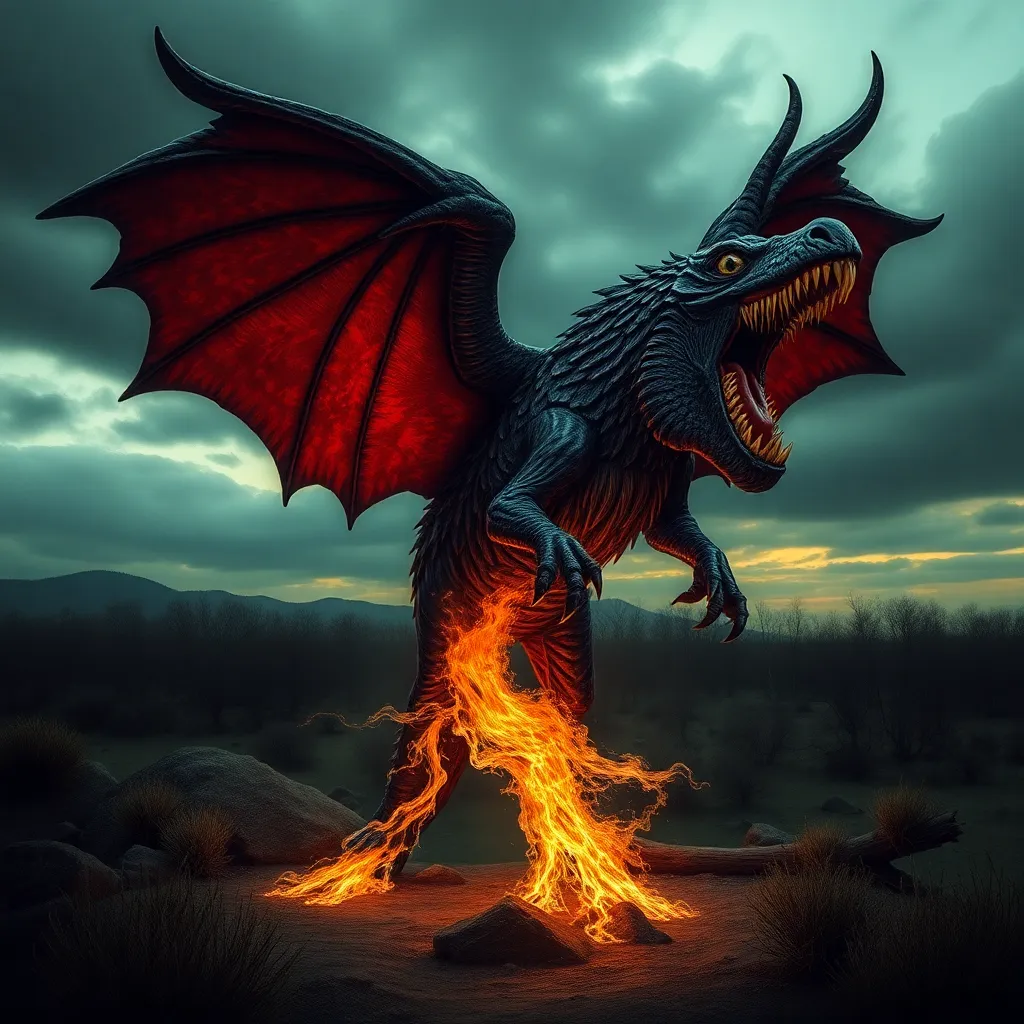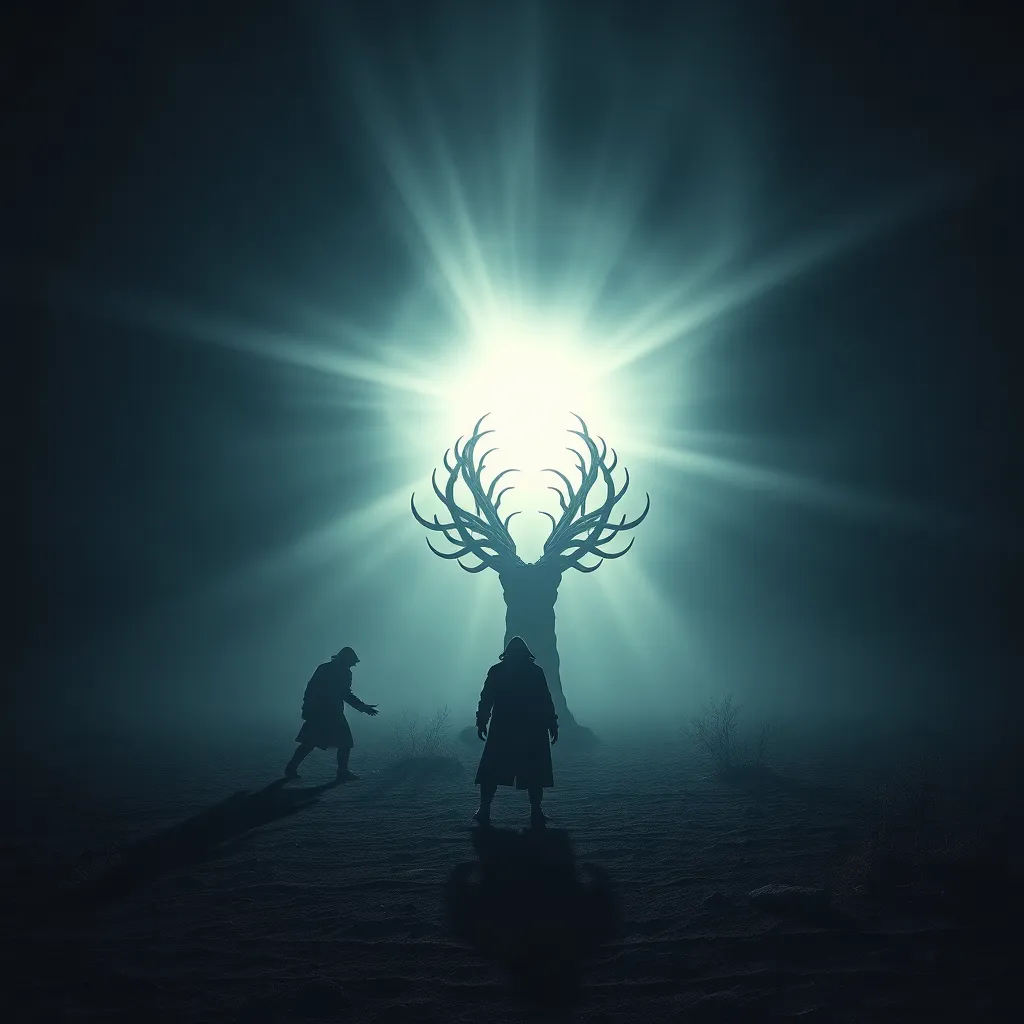The Ahuizotl: A Modern Interpretation of an Ancient Myth
I. Introduction
The Ahuizotl is a fascinating creature from Aztec mythology, often depicted as a water-dwelling beast with a dog-like appearance and a hand capable of luring its victims. This myth has intrigued scholars, historians, and the general public alike, as it encapsulates the rich tapestry of ancient beliefs and the profound connection between humans and the natural world. In exploring the Ahuizotl myth in a modern context, we can uncover layers of meaning that resonate with contemporary issues and emotions.
Examining ancient myths like the Ahuizotl is crucial as they provide insights into the values, fears, and aspirations of past cultures, which can parallel our own. This article aims to delve into the historical roots of the Ahuizotl, its role in folklore, its symbolism, modern interpretations, and its cultural impact, revealing its enduring legacy.
II. Historical Context of the Ahuizotl
The origins of the Ahuizotl trace back to Aztec mythology, where it was often associated with water bodies such as lakes and rivers. Descriptions of the creature vary, but it is commonly portrayed as having the body of a dog, a tail resembling that of an otter, and a human-like hand at the end of its tail, which it used to drag unsuspecting victims underwater.
Water held great significance in Aztec culture, symbolizing life, sustenance, and the duality of creation and destruction. As such, the Ahuizotl embodies the fears associated with these vital water sources, as it would allegedly attack those who ventured too close to its territory.
III. The Ahuizotl in Folklore
The legend of the Ahuizotl is not monolithic; it varies across different regions in Mexico and Central America, reflecting local beliefs and environmental contexts. In some stories, the creature is viewed as a protector of water, while in others, it is a malevolent force preying on the unwary.
- Encounters with the Ahuizotl: Numerous accounts from local communities tell of fishermen and travelers who have had harrowing experiences with the creature. These stories often serve as cautionary tales, warning against the dangers of the water.
- Symbol of Danger: The Ahuizotl represents the unpredictable nature of water and the potential for disaster, making it a powerful symbol in the folklore of the region.
IV. Symbolism and Themes
The Ahuizotl encapsulates several themes that resonate deeply within the human experience. It is a representation of the unknown and the fears that accompany it, particularly regarding nature’s unpredictable forces. The creature serves as a reminder of the delicate balance between humanity and the natural world.
Moreover, the myth reflects broader societal issues:
- Connection to Nature: The Ahuizotl embodies the ancient and ongoing struggle between civilization and the untamed aspects of nature.
- Human Emotions: The fear of the Ahuizotl can be seen as a metaphor for internal struggles, such as anxiety and the fear of the unknown.
V. Modern Interpretations and Adaptations
In contemporary literature and media, the Ahuizotl has been reimagined in various forms, often reflecting current societal fears and challenges. For instance, it has appeared in novels, short stories, and graphic novels, where it embodies themes of environmentalism and the consequences of neglecting nature.
Artistic representations of the Ahuizotl also offer a glimpse into its significance today. Artists have embraced the creature as a symbol of the struggle to preserve nature and the consequences of ecological destruction. These adaptations help bridge the gap between ancient beliefs and modern ideologies.
VI. Cultural Impact and Legacy
The Ahuizotl plays a vital role in Mexican folklore, contributing to a rich cultural identity that celebrates its indigenous roots. Its presence in stories and art underscores the importance of preserving these narratives as part of cultural heritage.
Furthermore, the Ahuizotl has influenced modern mythological studies, inspiring scholars to explore the intersections between folklore, environmental issues, and human psychology. The creature’s enduring relevance invites discussions on cultural preservation and the importance of maintaining connections to our ancestral narratives.
VII. The Ahuizotl in Popular Culture
In popular culture, the Ahuizotl has made notable appearances in films, video games, and television shows. Its portrayal has evolved over time, reflecting changing societal values and fears.
- Notable Appearances: From horror films that capitalize on the creature’s menacing nature to children’s animated shows that depict it as a misunderstood guardian, the Ahuizotl has found a place in diverse media.
- Public Reception: Interest in the Ahuizotl continues to grow, with audiences drawn to its mystique and the rich storytelling that surrounds it. This reflects a broader fascination with folklore and mythology in contemporary culture.
VIII. Conclusion
In summary, the Ahuizotl holds significant importance both in ancient Aztec mythology and in modern interpretations. It serves as a powerful symbol of the unknown, the dangers present in our environment, and the complex relationship humans have with nature. By preserving and exploring such mythological narratives, we not only honor our cultural heritage but also gain insights into the challenges we face today.
As we continue to navigate a rapidly changing world, the Ahuizotl and its story remind us of the importance of cultural myths in understanding our past and shaping our future. There is a call to action for further exploration of these rich narratives, ensuring they remain relevant in our ongoing discourse about identity, nature, and humanity.



